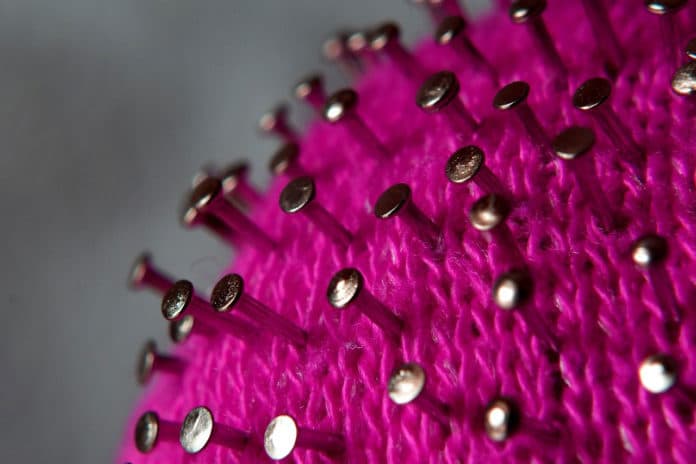It is expected that outbreaks of the new coronavirus will wane as temperatures rise. Well, that’s not true. Harvard scientists studying the common cold for hints about how the COVID-19 virus might behave suggests that summer may not save us.
Using genetic cousins of SARS-CoV-2– i.e., HCoV-OC43 and HCoV-HKU1, scientists model how coronavirus might behave in the coming months.
HCoV-OC43 and HCoV-HKU1 spread regularly and cause the common cold.
The model, scientists developed, studied potential seasonality, the impact of social-distancing strategies, and the virus’s future role in causing illness.
Scientists noted, “The scenarios did not look at how outcomes could be affected if either a vaccine or a treatment is developed— neither of which appears imminent.”
In each scenario, scientists found that warm weather did not stop the transmission of the virus. With the common cold, a large segment of the population typically gets sick and develops immunity by spring. With SARS-CoV-2, however, enough of the population will likely remain vulnerable, allowing it to spread even if the transmission is reduced in warmer months.
Marc Lipsitch, professor of epidemiology and one of the paper’s authors, said, “It exists of the seasonal decline in cases illustrated by the work, but it’s also certainly not enough of a seasonal fluctuation … to lead it to go away in the summer in the absence of intervention.”
Another obscure about the new coronavirus is the length of immunity that becomes after infection. Short-term immunity, like that conferred by colds, lasts less than a year and would, after the initial pandemic peak, lead to annual COVID-19 outbreaks. Permanent immunity, on the other hand, would eliminate the virus from circulation for five or more years after its initial outbreak.
Scientists also observed the impact of social distancing on keeping patients numbers low enough that the medicinal services system can deal with them.
The best intervention is a progression of social-distancing periods, combined with compelling testing that monitors infection resurgence so measures can be reinstituted before cases overwhelm the system.
Scientists said, “Such a scenario, not only results in the fewest deaths, but it also allows the population to gain immunity to the virus gradually.”
Scientists also discussed the conditions under which the current social distancing constraints might be lifted. Reopening too early would trigger a new surge of illness that not only makes a lot of people sick, it also scares those who aren’t sick, so that they stay home, providing a little economic boost. Instead, business and public health experts have to work together to develop, manufacture, and distribute tests, treatments, vaccines, and equipment that will allow the outbreak to be controlled and the economy to reopen safely.
K.T. Li Professor of Global Health Ashish Jha said, “There’s a lot we can do to make opening a reality, but it won’t be back to ‘normal’ until we have a vaccine, which I think is a good 12 to 18 months away.”
“If there is a way for greater engagement between public health and business, I think that’s how we get out of this. If it becomes us versus you guys, we all lose. We have both a horrible number of deaths and a wrecked economy.”
“Before social distancing can be eased, the number of new cases should have declined for two weeks, and there should be ample testing — as many as 500,000 per day nationally, three to four times the current rate. Also, the health care system should be beefed up, and exhausted doctors and nurses gave a breather before taking steps that will likely cause cases to rise again.”
“Large gatherings such as baseball games would still have to wait, but restaurants, bars, and workplaces would likely be able to open, albeit with adjustments made to keep people a safer distance apart. He also predicted that in-person college courses, also limited in size, could restart in the fall.”
“Even air travel could resume, he said, with steps such as pre-flight automatic testing for the virus and periods of self-quarantine on return.”
“There’s a lot we can do to make opening a reality, but it won’t be back to ‘normal’ until we have a vaccine, which I think is a good 12 to 18 months away.”
Journal Reference:
- Projecting the transmission dynamics of SARS-CoV-2 through the post-pandemic period. DOI: 10.1126/science.abb5793
